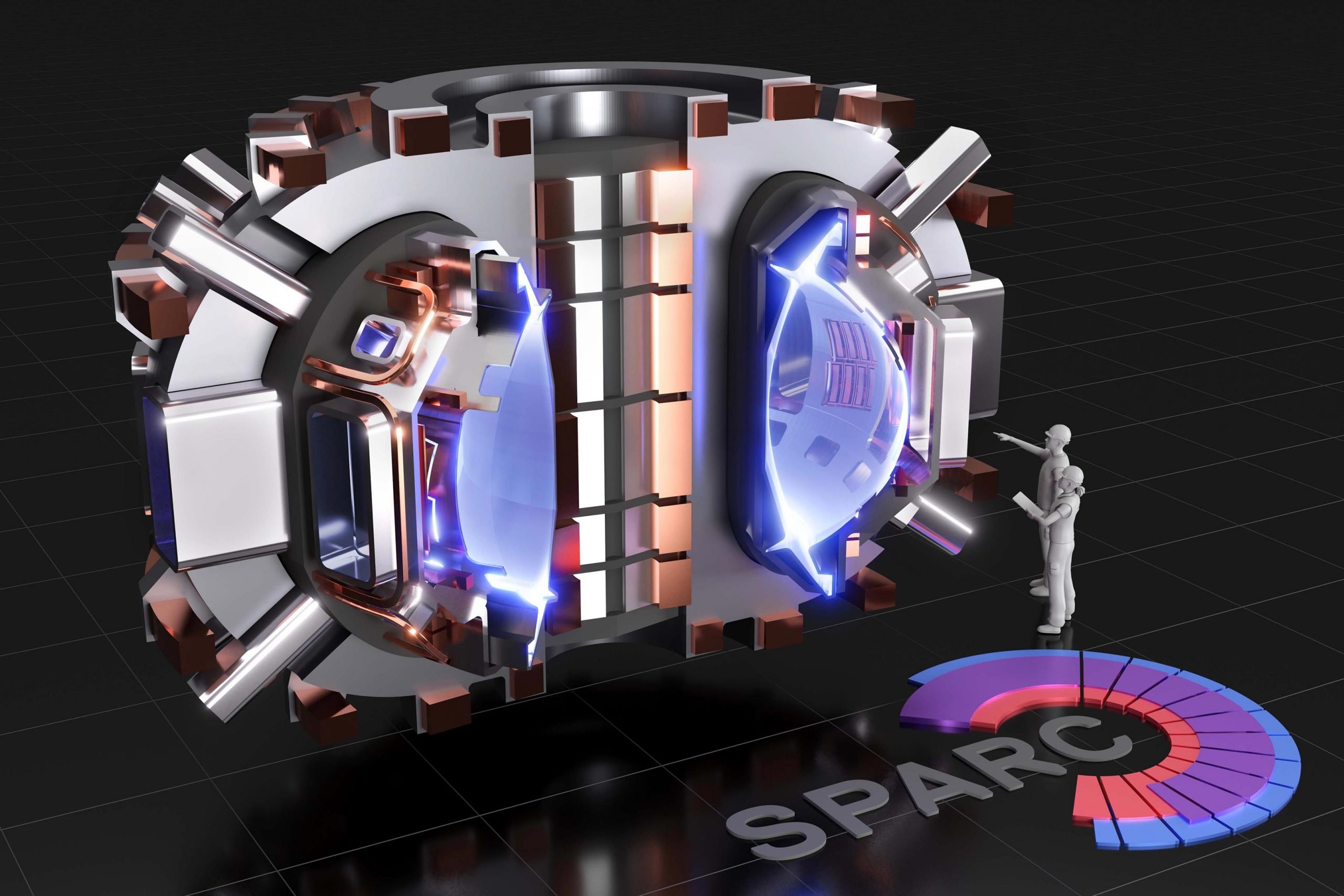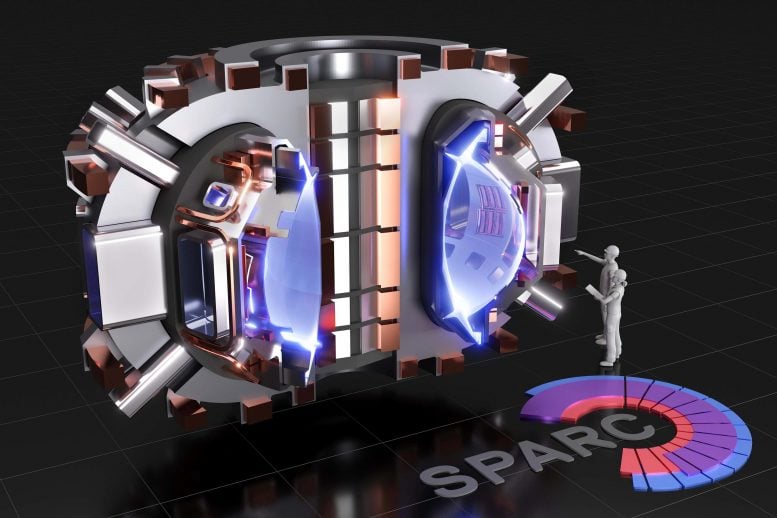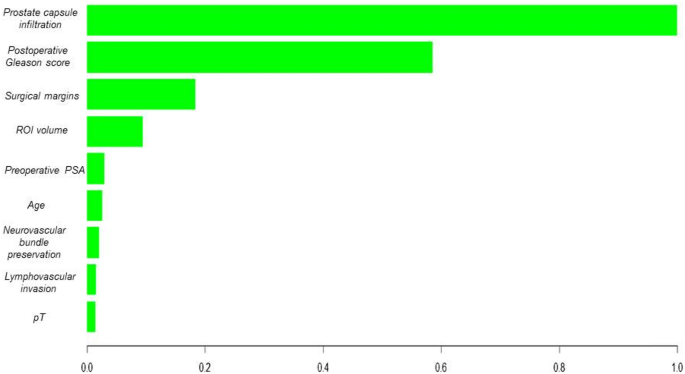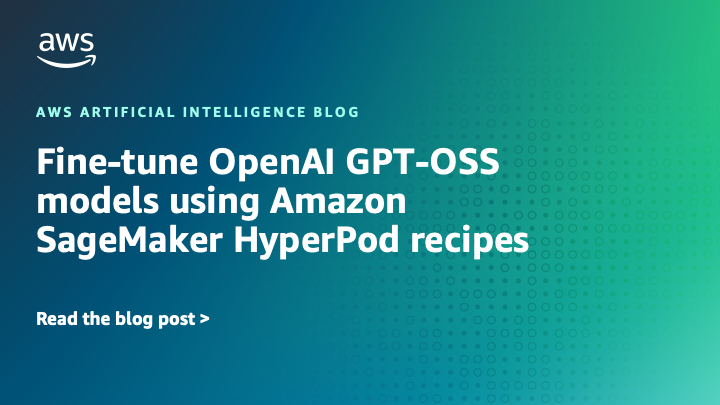Introduction Prostate cancer (PCa) is a major public health issue in developed countries1. Radical prostatectomy (RP) is associated with a lower incidence of disease progression than active monitoring2,3. However, one-third of patients experience biochemical recurrence (BCR) after the procedure4,5. Previous studies have shown that the survival rate of patients with BCR is 20% lower after

AI That Finds “Shadows” in Fusion Reactors Could Unlock Clean Energy Faster

A new AI tool is giving fusion research a huge boost by spotting hidden “safe zones” inside reactors where parts are shielded from scorching HEAT-ML was specifically made to simulate a small part of SPARC: a tokamak currently under construction by CFS. The Massachusetts company hopes to demonstrate net energy gain by 2027, meaning SPARC would generate more energy than it consumes. Simulating how heat impacts SPARC’s interior is central to this goal and a big computing challenge. To break down the challenge into something manageable, the team focused on a section of SPARC where the most intense plasma heat exhaust intersects with the material wall. This particular part of the tokamak, representing 15 tiles near the bottom of the machine, is the part of the machine’s exhaust system that will be subjected to the most heat. To create such a simulation, researchers generate what they call shadow masks. Shadow masks are 3D maps of magnetic shadows, which are specific areas on the surfaces of a fusion system’s internal components that are shielded from direct heat. The location of these shadows depends on the shape of the parts inside the tokamak and how they interact with the magnetic field lines that confine the plasma. Originally, an open-source computer program called HEAT, or the Heat flux Engineering Analysis Toolkit, calculated these shadow masks. HEAT was created by CFS Manager Tom Looby during his doctoral work with Matt Reinke, now leader of the SPARC Diagnostic Team, and was first applied on the exhaust system for PPPL’s National Spherical Torus Experiment-Upgrade machine. HEAT-ML traces magnetic field lines from the surface of a component to see if the line intersects other internal parts of the tokamak. If it does, that region is marked as “shadowed.” However, tracing these lines and finding where they intersect the detailed 3D machine geometry was a significant bottleneck in the process. It could take around 30 minutes for a single simulation and even longer for some complex geometries. HEAT-ML overcomes this bottleneck, accelerating the calculations to a few milliseconds. It uses a deep neural network: a type of AI that has hidden layers of mathematical operations and parameters that it applies to the data to learn how to do a specific task by looking for patterns. HEAT-ML’s deep neural network was trained using a database of approximately 1,000 SPARC simulations from HEAT to learn how to calculate shadow masks. HEAT-ML is currently tied to the specific design of SPARC’s exhaust system; it only works for that small part of that particular tokamak and is an optional setting in the HEAT code. However, the research team hopes to expand its capabilities to generalize the calculation of shadow masks for exhaust systems of any shape and size, as well as the rest of the plasma-facing components inside a tokamak. Reference: “Shadow masks predictions in SPARC tokamak plasma-facing components using HEAT code and

A Targeted Approach for SPARC’s Toughest Test
From HEAT to HEAT-ML
Expanding to a Universal Fusion Tool
Share This



